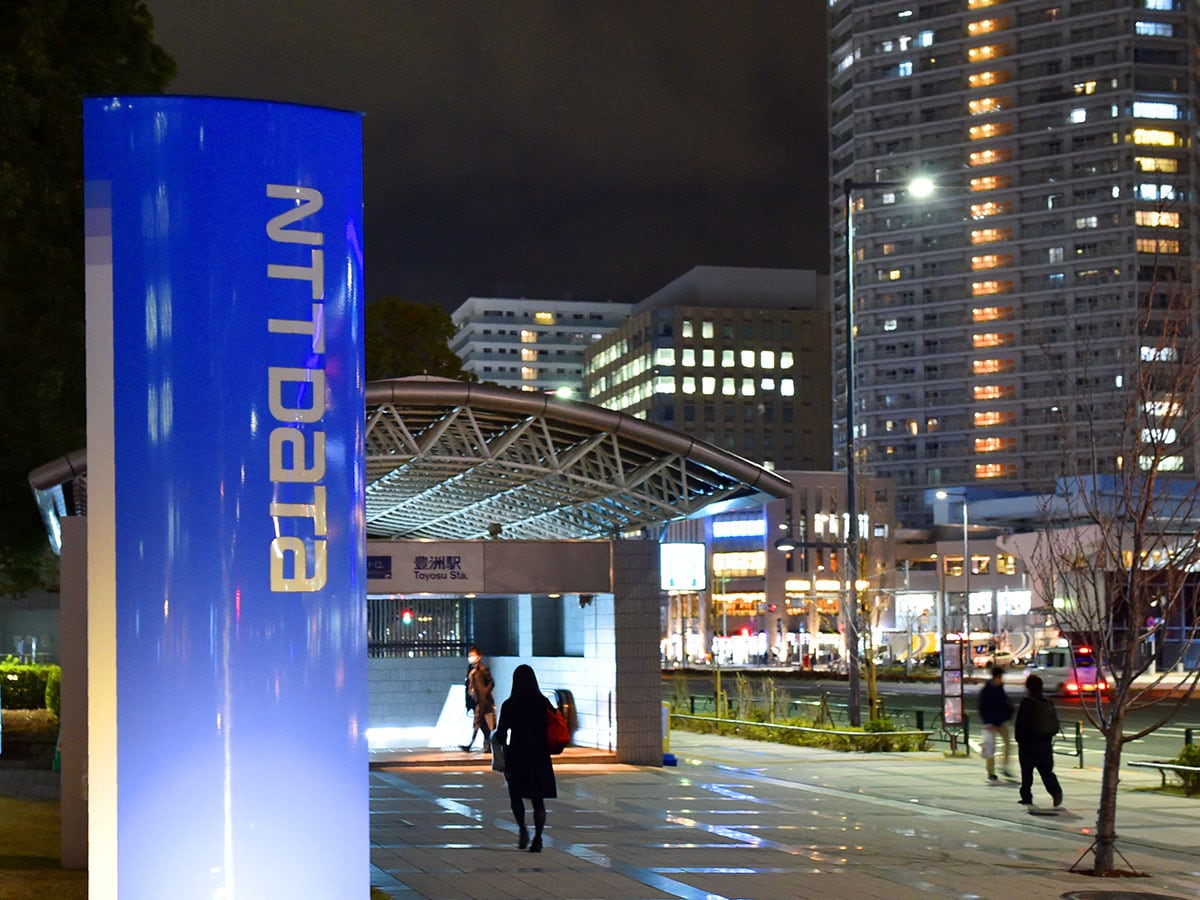NTT Data has six innovation centres across the globe, with one in Bengaluru. The others are in Europe, Tokyo, China and the US. The company spends $3.6 billion annually on innovation, and claims to be one of the largest spenders on R&D in the sector. Durrani looks at applications, BPO, and configured platforms, which include SAP, Salesforce, ServiceNow, MuleSoft, and Oracle.
On January 28, the company announced the global launch of its next-generation Smart artificial intelligence (AI) Agent, which will help the company accelerate the adoption of Generative AI. NTT Data aims to earn about $2 billion from Smart AI Agent-related businesses by 2027.
On the significance of the Indian market
Strategically we are focussed on scale, innovation, and transformation, and India is at the core of all of these. Even in the global marketplace, if there is one place on this planet where you can scale with stability, it is India.
A lot of our consulting services for North America and India are done from India. It is moving forward very fast to secure its position among the top five markets globally. The company has committed around $2 billion in investments in India over the next two or three years, and that’s for our entire service line, from data centres to consulting. Our business in India is going to touch $1 billion [in revenue].
There are two major revenue operating streams: India-for-India and India-for-global. In total, we cater to close to 850 clients, including the likes of BMW and Toyota. We are making in-roads in the public sector, financial services and manufacturing sectors.
Also read: ‘There are areas where India will lead AI innovation’: Christopher Young, Microsoft
On GenAI as an enabler
GenAI, obviously, is critical for us in the same way that it’s critical for everybody. But for us GenAI is an enabler, because right now it is the state of the technology that we all work with. But in the next six months, something else is going to come up. We are thriving towards becoming a change agent for our clients, and provide the disruption and innovation to them.
GenAI has revolutionised the way we do things, and for us it’s like oxygen. Right now, if we don’t talk GenAI, if we don’t bring GenAI to our clients, we won’t have a seat at the table. Honestly, everything we do today is GenAI-enabled. So can you say that most of our revenue is GenAI-led? The answer is, absolutely, and it’s only going to keep increasing.
For instance, the recently launched Smart AI Agent enables businesses to rapidly evaluate and deploy Generative AI applications, optimising workflows and driving greater productivity. It is already making an impact in key sectors. It’s enhancing DevOps data analysis efficiency in the automotive industry, improving regulatory reporting processes for the banking sector, and optimising the marketing cycle for a major gas manufacturer.
On NTT Data’s competitive edge
What we provide to a client is not just a solution, it’s a journey; we craft a journey that is specific to them. It’s not a mass production model where everything is fed into a machine and comes out with a quote, followed by two years of testing to see if it works. No, this is a highly consultative approach, specifically tailored to the client’s needs.
On what’s next
Where innovation is concerned, Japanese companies aren’t talking about the next 6 months, they are thinking of the next 10 to 15 years. We are now working in the space of photonics, which is a completely different system using photonics and you’re not depending on the internet. So, this is something that is very sustainable, quick and open to all.
The Innovative Optical and Wireless Network (IOWN) is an initiative for networks and information processing infrastructure, including terminals that can provide high-speed, high-capacity communication utilising innovative technology focussed on optics, as well as tremendous computational resources. This is done to overcome the limitations of existing infrastructure with innovative technologies. We have started R&D with the aim of realising the initiative in 2030.
Going forward, we are very clear that we want to be one of the top three global innovators in the world. The reason why we’re talking about innovation is because without innovation you can’t sustain.
 NTT Data Corporation’s headquarters in Tokyo.
NTT Data Corporation’s headquarters in Tokyo.
